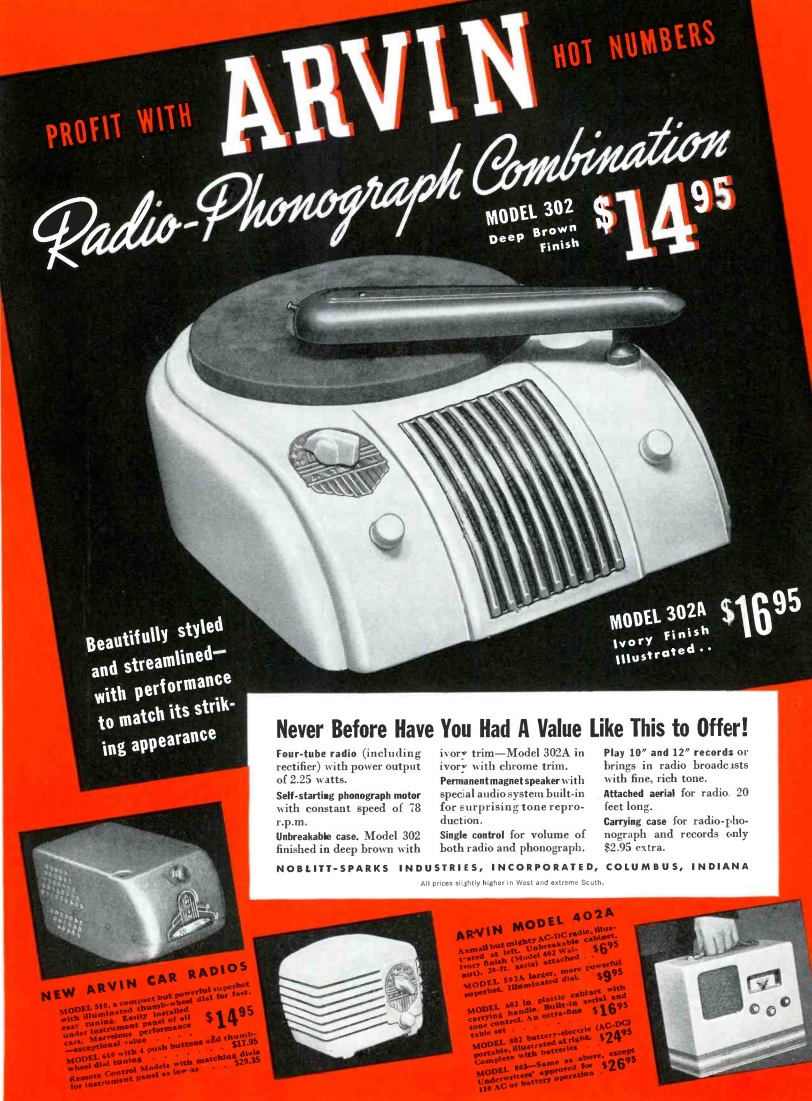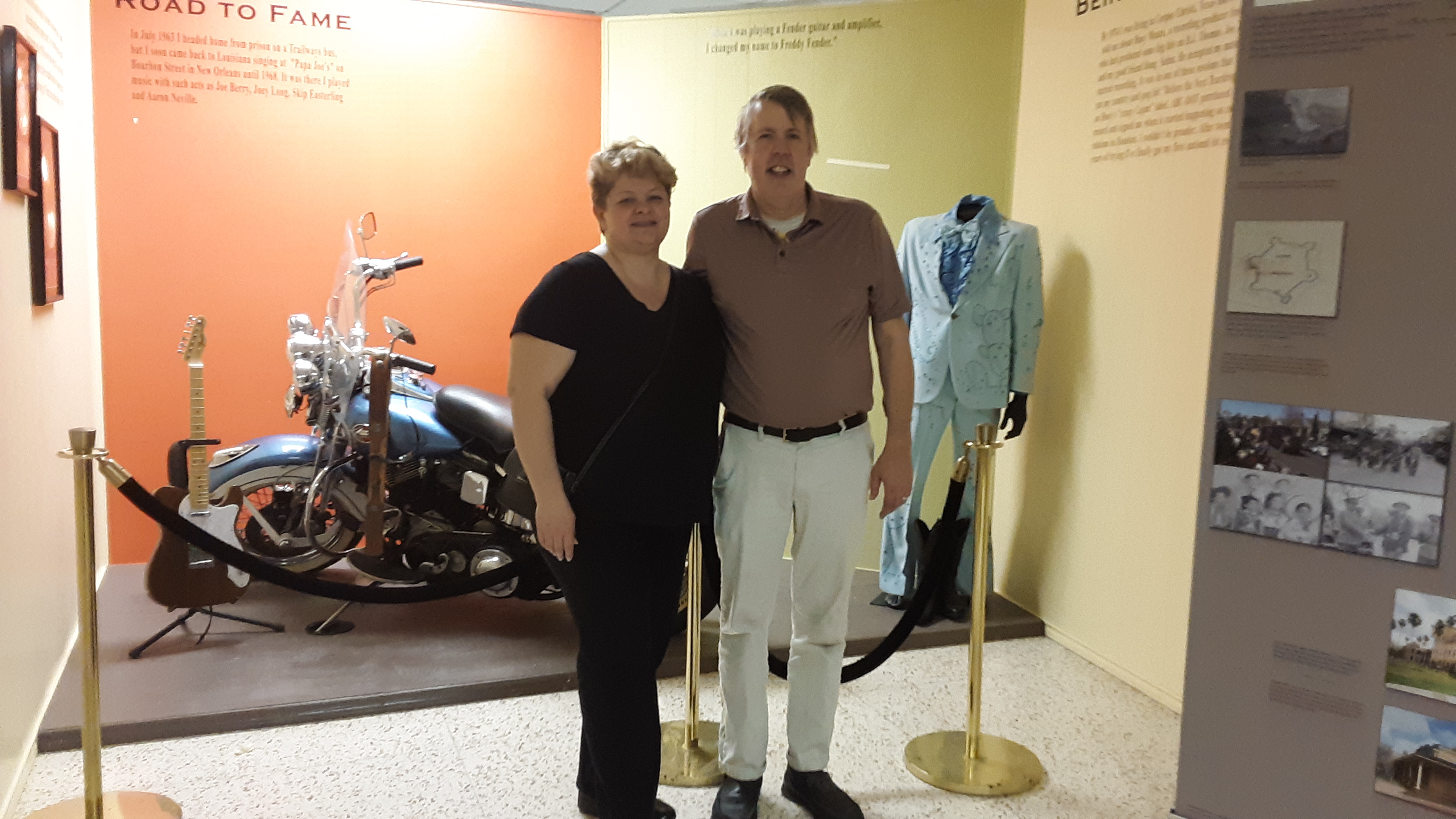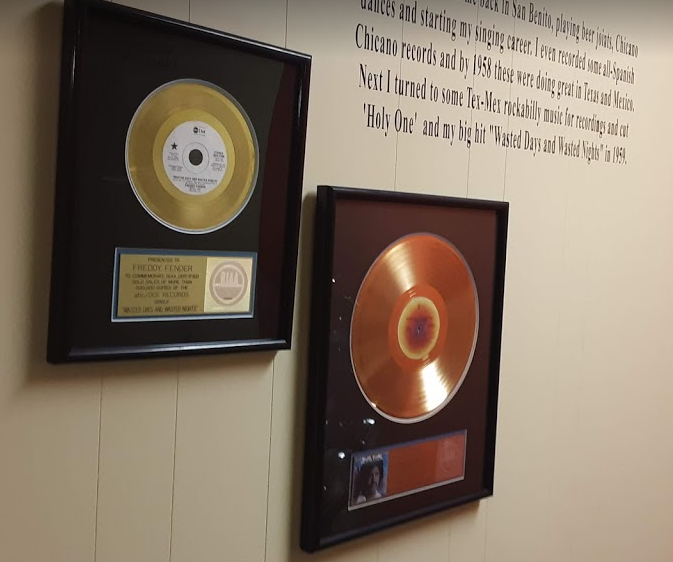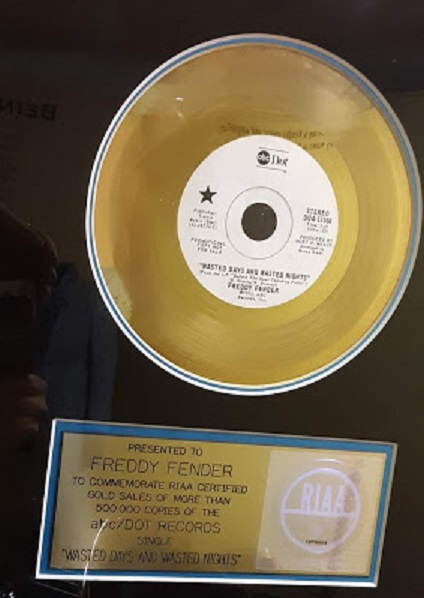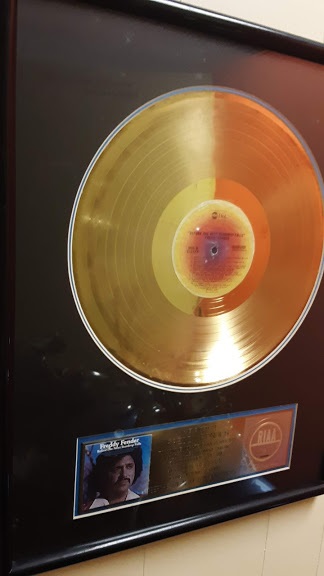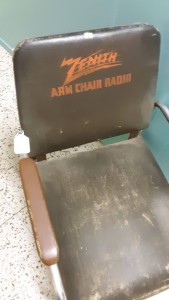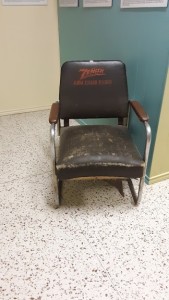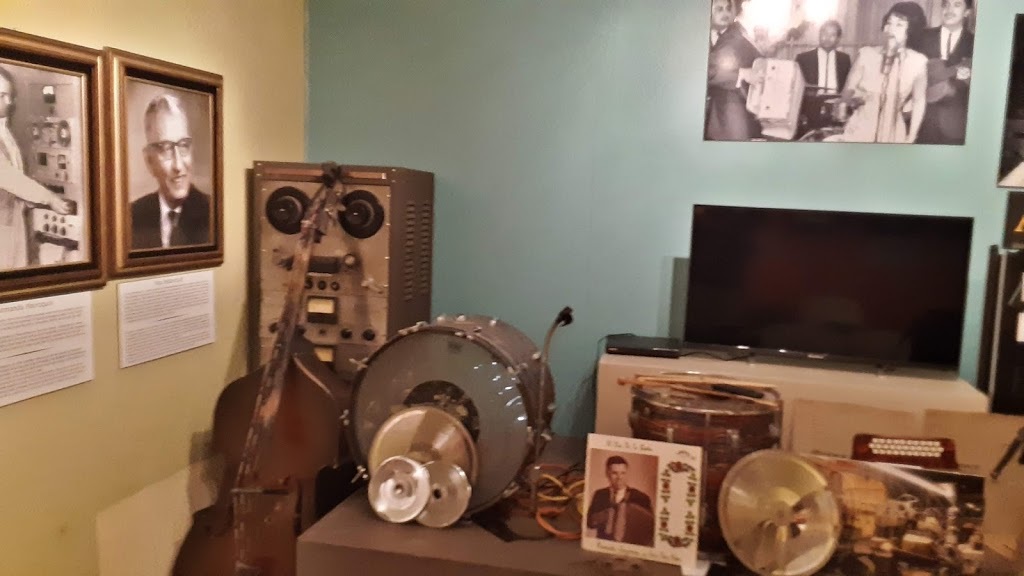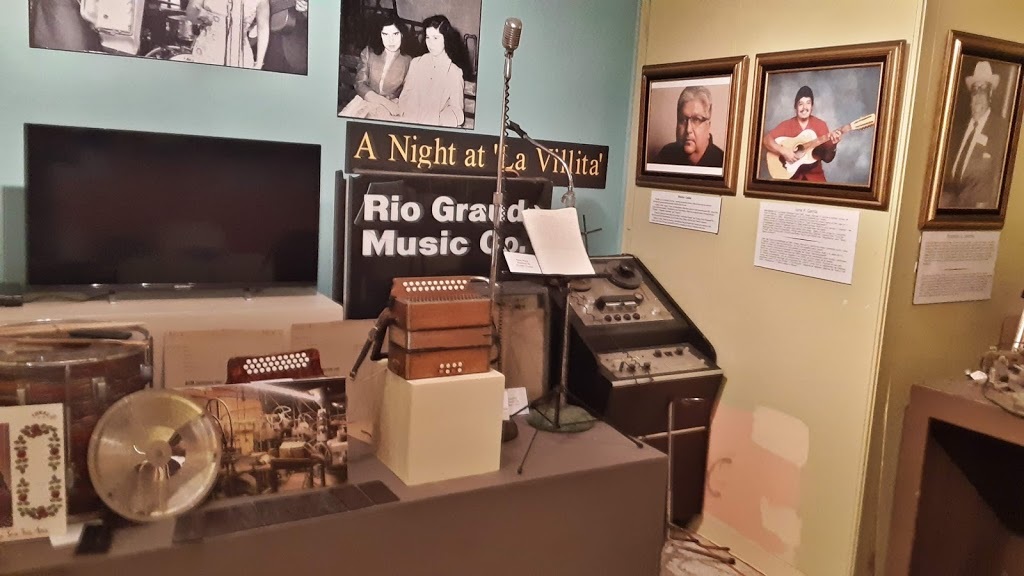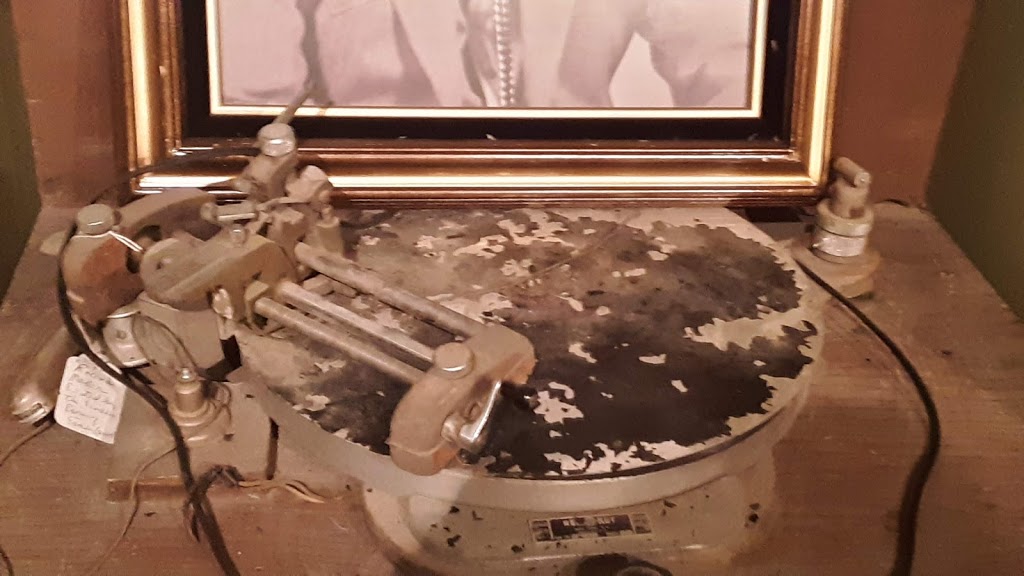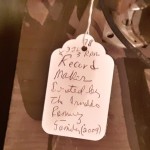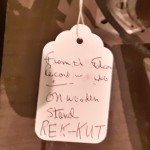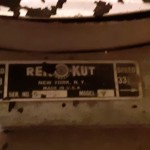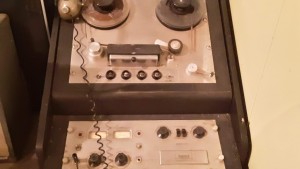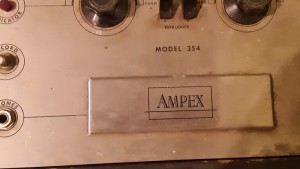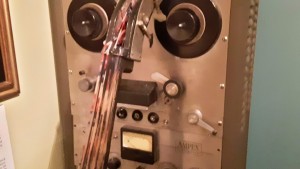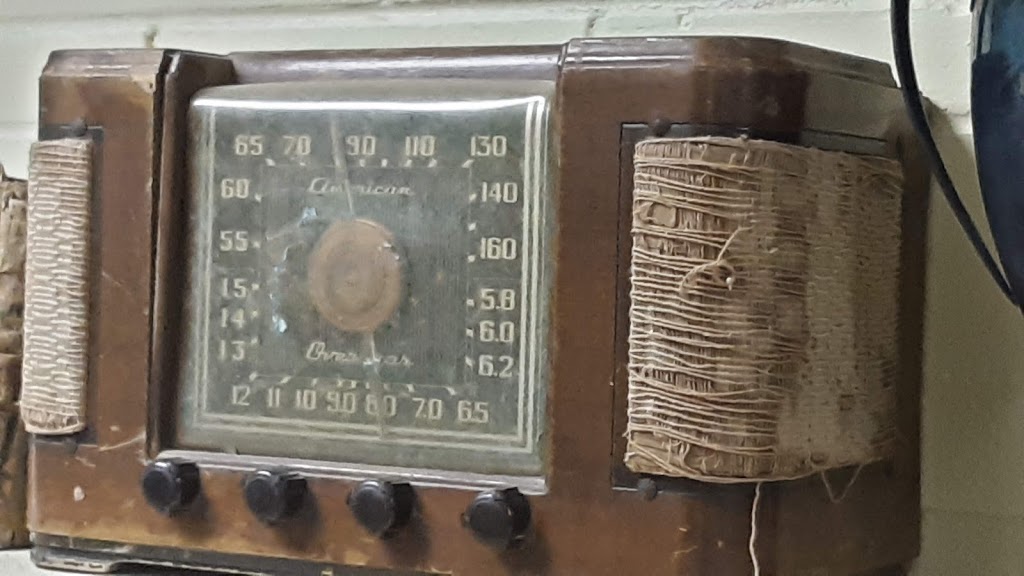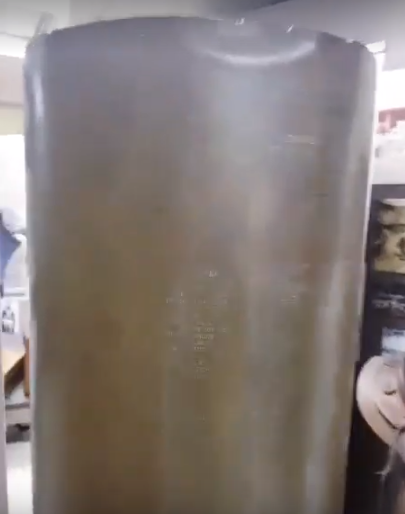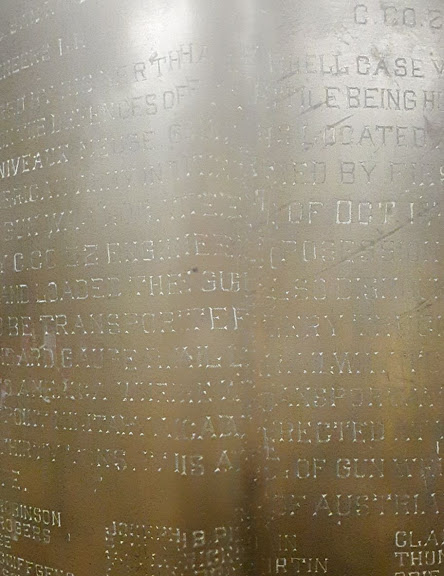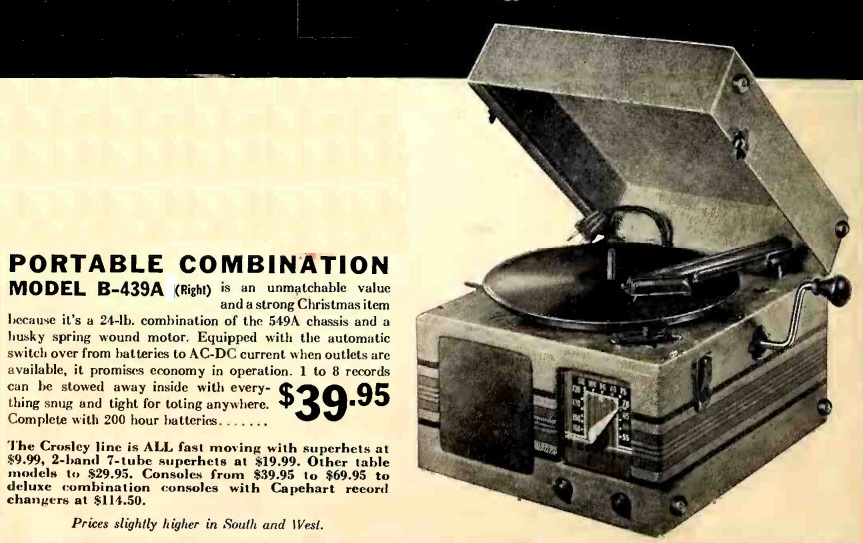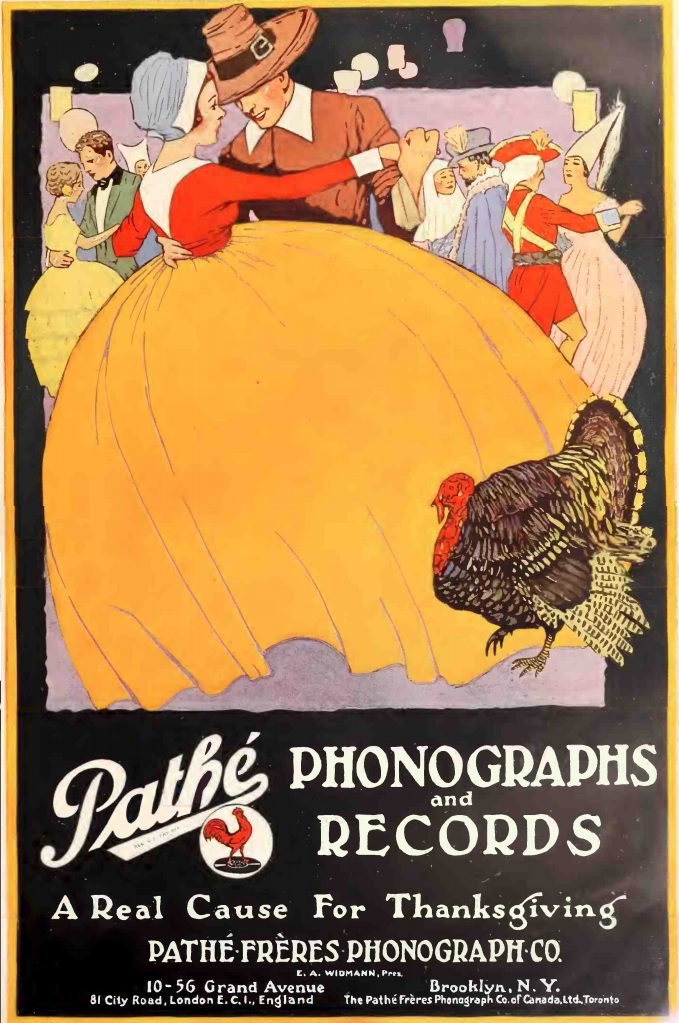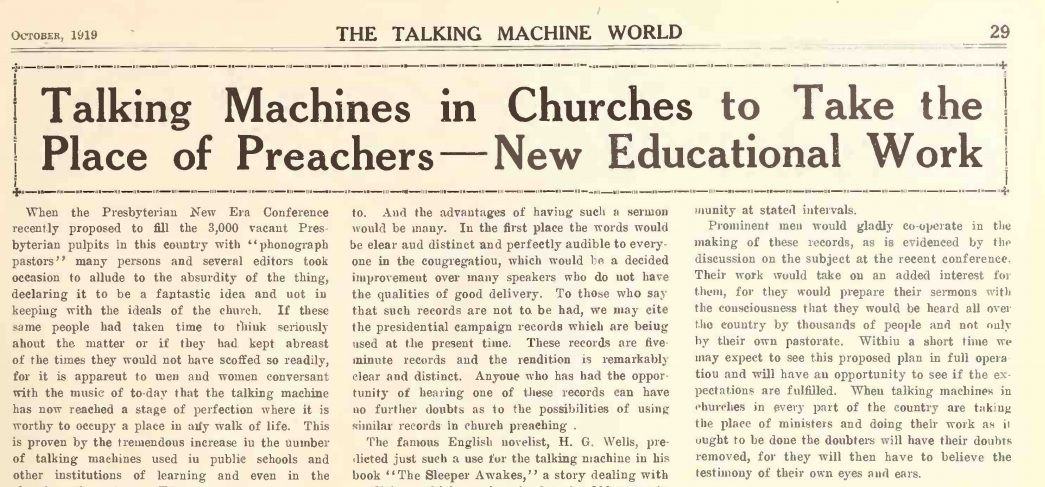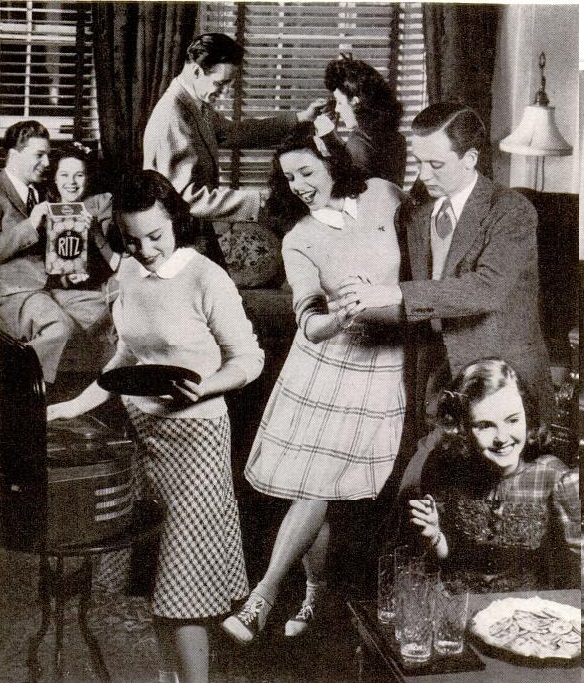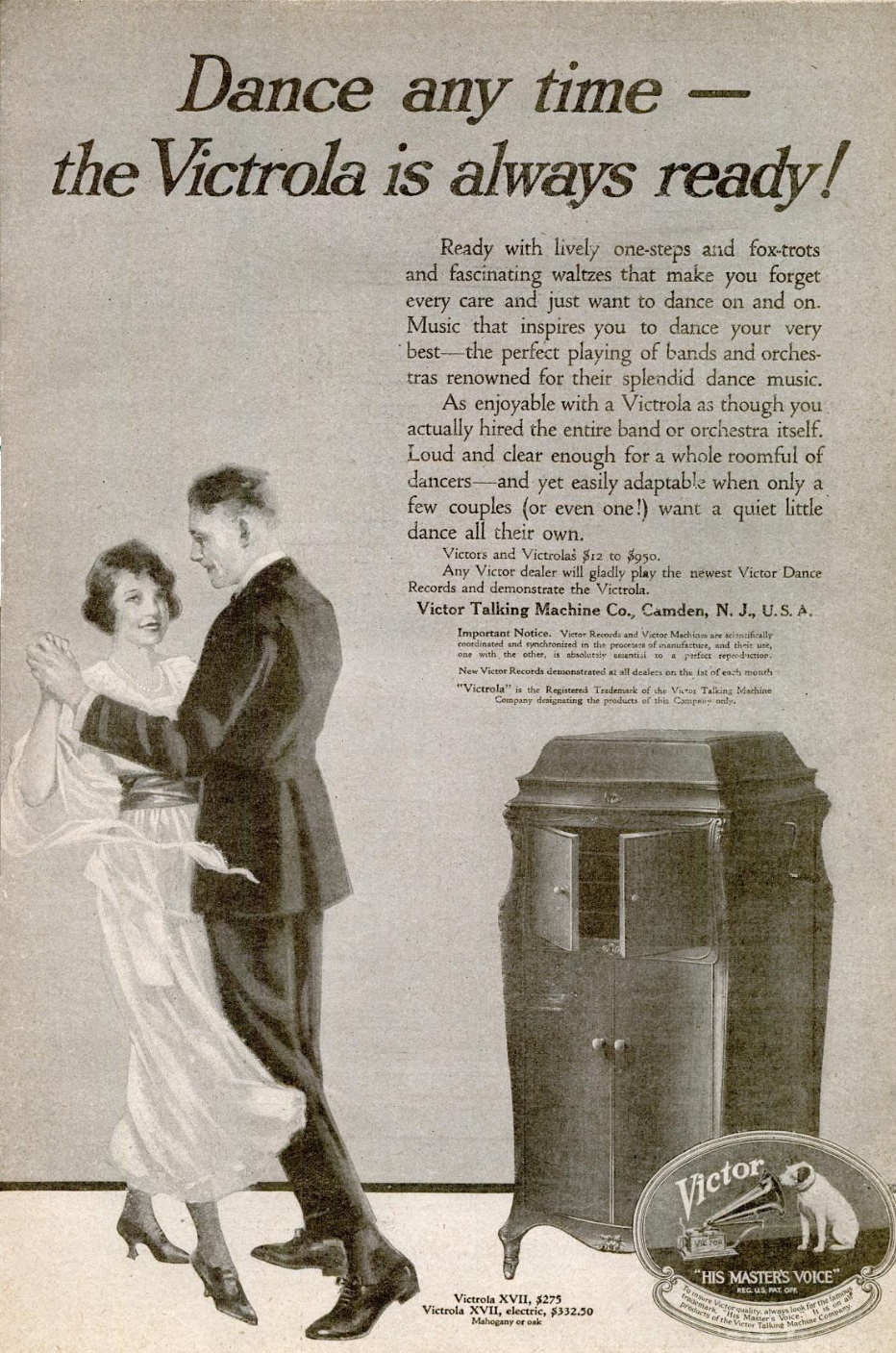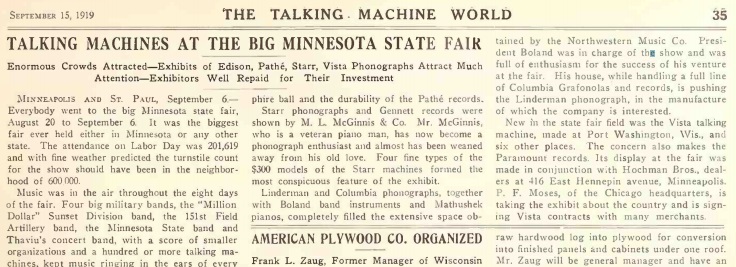
This article appeared a hundred years ago this month in the September 1919 issue of Talking Machine World.
TALKING MACHINES AT THE BIG MINNESOTA STATE FAIR
Enormous Crowds Attracted-Exhibits of Edison, Pathé, Starr, Vista Phonographs Attract Much Attention-Exhibitors Well Repaid for Their Investment
MINNEAPOLIS AND ST. PAUL, September 6. Everybody went to the big Minnesota state fair, August 20 to September 6. It was the biggest fair ever held either in Minnesota or any other state. The attendance on Labor Day was 201,619 and with fine weather predicted the turnstile count for the show should have been in the neighborhood of 600 000.
Music was in the air throughout the eight days of the fair. Four big military bands, the “Million Dollar” Sunset Division band, the 151st Field Artillery band, the Minnesota State band and Thaviu’s concert band, with a score of smaller organizations and a hundred or more talking machines, kept music ringing in the ears of every visitor.
Only a small number of the Twin City dealers deemed it to their advantage to make displays at the show, but those who were there were amply repaid for their efforts. In the first place the attendance was unprecedentedly large and then a change has come over the ruralites, for they are no longer afraid to spend money.
The exhibitors were Laurence H. Lucker and the Minnesota Phonograph Co., G. Sommers & Co., M. L. McGinnis & Co., the Northwestern Music House and the Vista Talking Machine Co. in connection with Hochman Bros., Minneapolis.
A life-sized photograph of The Wizard himself attracted attention to “the phonograph with a soul” shown and demonstrated by Laurence H. Lucker and the Minnesota Phonograph Co. That the people of the Northwest are familiar with the Edison products was amply testified by the throngs about the booth. A very complete line of cabinet machines was on display together with some period cases.
The center of attraction in the Sommers booth was the new Pathé Actuelle. About twenty Pathé machines were on exhibition. Demonstrators expatiated upon the advantages of the Pathé Sapphire ball and the durability of the Pathé records.
Starr phonographs and Gennett records were shown by M. L McGinnis & Co. Mr. McGinnis, who is a veteran piano man, has now become a phonograph enthusiast and almost has been weaned away from his old love. Four fine types of the $300 models of the Starr machines formed the most conspicuous feature of the exhibit.
Linderman and Columbia phonographs, together with Boland band instruments and Mathushek pianos, completely filled the extensive space obtallied by the Northwestern Music Co. President Boland was in charge of the show and was full of enthusiasm for the success of his venture at the fair. His house, while handling a full line of Columbia Grafonolas and records, is pushing the Linderman phonograph, in the manufacture of which the company is interested.
New in the state fair field was the Vista talking machine, made at Port Washington, Wis., and six other places. The concern also makes the Paramount records. Its display at the fair was made in conjunction with Hochman Bros., dealers at 416 East Hennepin avenue, Minneapolis. P. F. Moses, of the Chicago headquarters, is taking the exhibit about the country and is signing Vista contracts with many merchants.
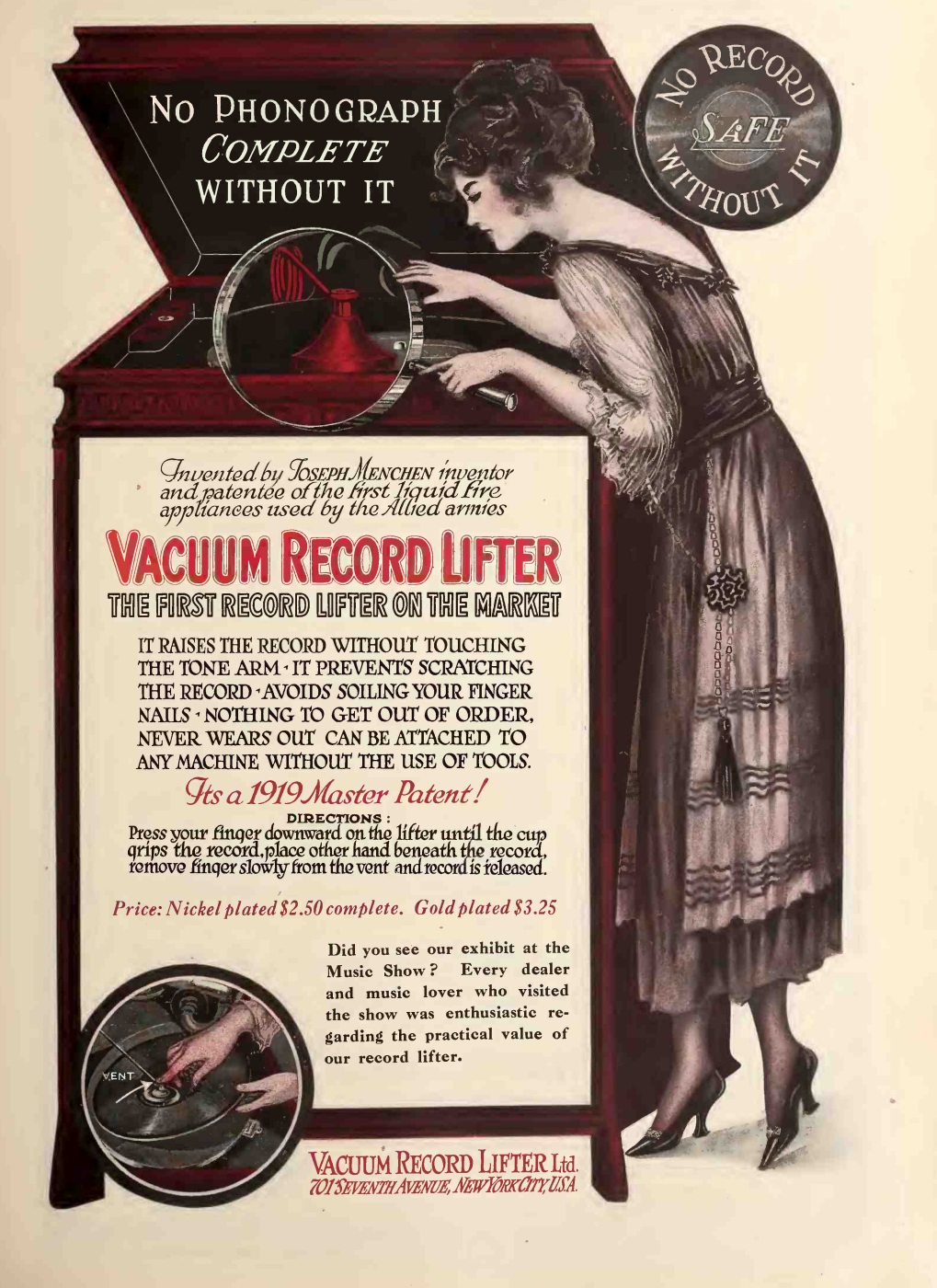 This young woman, even if she weren’t armed with a giant magnifying glass, could easily change records without soiling her finger nails, thanks to the Vacuum Record Lifter, from Vacuum Record Lifter Ltd., 701 Seventh Avenue, New York.
This young woman, even if she weren’t armed with a giant magnifying glass, could easily change records without soiling her finger nails, thanks to the Vacuum Record Lifter, from Vacuum Record Lifter Ltd., 701 Seventh Avenue, New York.
